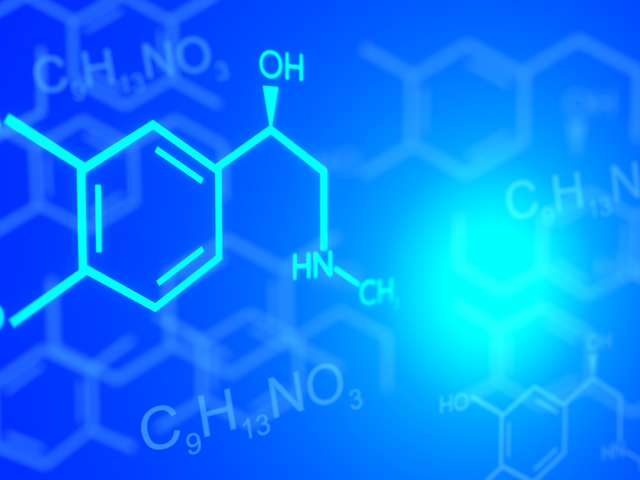IMPREGNATION. DEFINITION WITHOUT A DEFINITION.

We are living in an age of the social media. We can see colourful photos everywhere, interesting accounts on Instagram, we read advertising slogans as a side view everywhere. All this strongly influences our consciousness and, what is worse, our subconsciousness. In this world it becomes difficult or even impossible to see through to the truth with some things. This is exactly what happened with the subject of waterproofing. For many years, stone care was not taken seriously in Poland. Nobody cared about protecting a terrazzo gravestone from the influence of sunlight and rain.
At some point, however, the trend from abroad reached us and Poland lived up to a real boom in stone impregnation. We were flooded with a wave of international names of products, there appeared vans with stickers on them, driving along our country’s endless roads. Everywhere there would be colourful leaflets with interesting ingredients of products to be seen, which promise a miraculous effect after the application of a paticular chemical substance. There are also websites with half inaccurate or, unfortunately, mostly wrong translations into Polish.

Such wide access to products has given us the opportunity to become waterproofing “specialists” within a week. But has it really?
At some point, a very important stage was skipped. The stage of learning. Not the one we read in the leaflets, but real, practical knowledge. We skipped the stage of making mistakes and learning from those mistakes. We skipped the stage of rehearsing somewhere on the sidelines of our studios.

After all, stone is nature. It can be compared to human skin – it has pores and is exposed to various atmospheric factors on a daily basis. The difference is that we have always been taught to take care of our skin, and this knowledge is still not perfect. However, we do know that when we go skiing in the Dolomites, when we go “beachcombing” in Dubai, and when we walk our dog in the park at the first rays of the summer sun, we need to protect our skin in a different way. The type of skin itself is also very important. The pattern can be replicated for stone.
The questions to be answered are:
– where will the stone be laid?
– Will it be exposed to weather conditions such as sun, wind, rain, frost?
– What kind of stains will it be exposed to – water, coffee, wine, lemon, coca-cola?
Then the stone itself must be examined:
– type of stone
– type of processing
– type of finish
– Has it been impregnated before? If yes, what with?
– Has it been waxed?
– What effect do we want to achieve?
Once having answered the above questions all that remains is to choose the right product. This should not be a problem for us, as currently on the Polish market there are about 20 actively operating companies with impregnation substances, and each of them has several dozen products in its offer.
Once we manage to choose the “golden means”, we only need to apply it. The question arises: how? The use instruction leaflet is often in a foreign language. Well, good luck, Mr Kowalski!
Source: Kurier kamieniarski
Author: Dominika Grabiarz | Published: 13.05.2021
